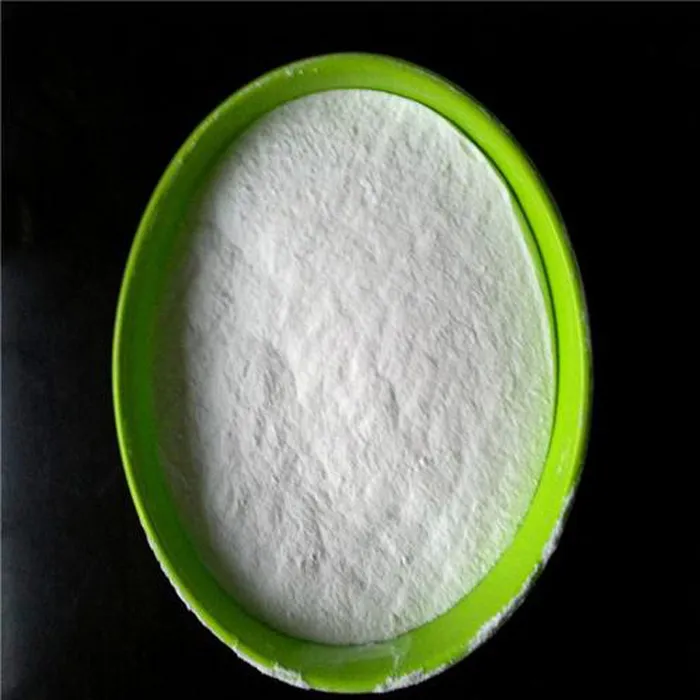The Role of Plastic Additives in Compounding
In today’s rapidly evolving materials science landscape, the use of plastic additives in compounding is crucial for developing high-performance plastic products. These additives, which include plasticizers, stabilizers, fillers, colorants, and others, enhance the performance characteristics of base polymers, making them suitable for a myriad of applications across various industries such as automotive, packaging, textiles, and electronics.
Understanding Plastic Compounding
Compounding is a process that involves blending base plastic materials with additives to achieve desired physical and chemical properties. During the compounding process, raw materials such as thermoplastics or thermosets are mixed in a compounder or extruder, where heat and shear forces facilitate uniform dispersion. This results in a material with tailored attributes, enhancing its usability and performance in different environmental conditions.
Types of Plastic Additives
1. Plasticizers These substances are added to increase flexibility and workability. Common plasticizers, like phthalates and adipates, reduce intermolecular forces, allowing the polymer chains to move more freely. This leads to improved processability, making the resultant materials ideal for flexible applications such as cables and films.
2. Stabilizers Stability is a crucial consideration for plastic products, particularly when exposed to heat, UV light, or other degrading conditions. Stabilizers, including antioxidants and UV stabilizers, prevent degradation, prolonging the material's lifespan and maintaining its performance under varying environmental stresses.
3. Fillers Fillers are materials incorporated into plastic compounds to enhance strength, reduce costs, and improve dimensional stability. Common fillers include calcium carbonate, talc, and glass fibers. While fillers can decrease overall density, they can also contribute to enhanced mechanical properties, making the final product more robust.
plastic additives and compounding

4. Colorants Aesthetics play a vital role in consumer choices. Colorants allow manufacturers to produce vibrant colors and finishes. Dyes and pigments are used depending on the desired opacity and lightfastness of the plastic product.
5. Flame Retardants In an era where safety regulations are stringent, flame retardants are indispensable. They suppress the flammability of plastics and help in meeting safety standards required for various applications, particularly in construction and electronics.
Benefits of Utilizing Plastic Additives
The incorporation of additives in plastic compounding offers several advantages. First, it allows for the customization of material properties to meet specific requirements. For example, a manufacturer of automotive parts can modify polymers to be more heat-resistant, thereby ensuring that they perform well under extreme conditions.
Secondly, additives facilitate better processing and manufacturing efficiencies. They can improve the flow characteristics of plastics during molding and extrusion processes, thereby reducing energy consumption and costs.
Lastly, the application of appropriate additives can contribute to sustainability. Many manufacturers are now focusing on bio-based additives and recycled fillers, which help in reducing the environmental footprint of plastic products.
Conclusion
In conclusion, plastic additives play an integral role in the compounding process, enabling the production of high-quality plastic materials tailored to meet diverse industrial demands. As the industry progresses, continuous advancements in additive technology and a growing emphasis on sustainability will shape the future of plastic development. By understanding and utilizing plastic additives effectively, manufacturers can innovate and maintain competitiveness in an ever-evolving market landscape.

